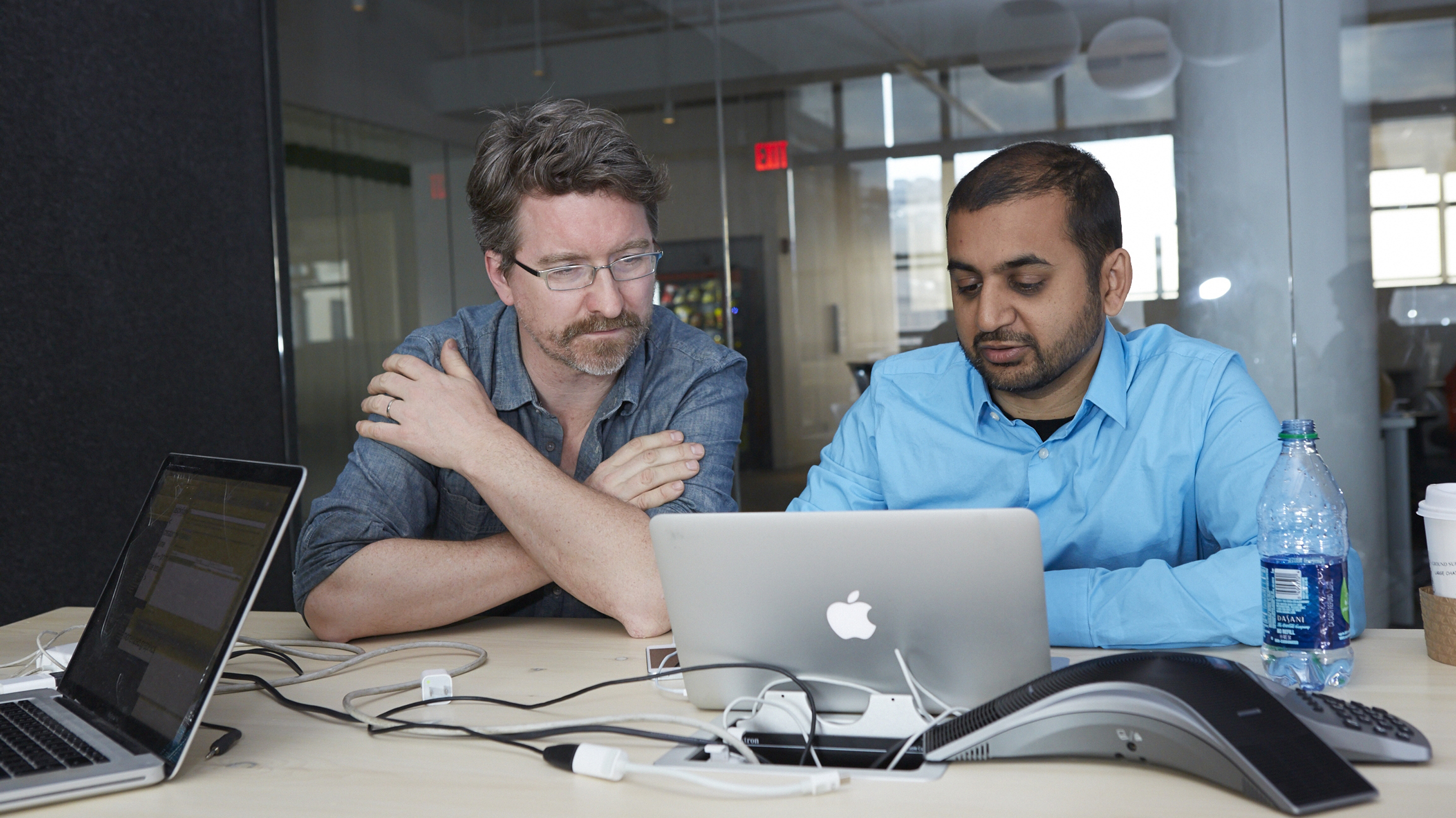Monegraph's bid to authenticate digital objects to kick off

Whether or not you think Bitcoin is going to become the next world currency, there is no denying it is a game-changing new technology. So perhaps the more interesting question is, in what ways will this technology be used? And how will the digital sphere transform as a result of these new applications?
Since the dawn of the internet, artist and media makers have grappled with the question of authenticity. I am not referring to "the authentic self," though there has been plenty of that too. I mean literally, how do we know who owns a piece of digital art? There is no way to verify who first uploaded it or see the history of its "transactions" — how it has traveled and multiplied across the Internet.

Enter Monegraph. Built in a whirlwind 24 hours by artist Kevin McCoy and technologist Anil Dash at Rhizome's Seven on Seven event at the New Museum in New York City, Monegraph employs Bitcoin’s block chain technology to provide the first way to authenticate digital objects on the web.
Come July 12th, the first animated gifs using Monegraph titles will hit the market at artist Man Bartlett’s show The Object of an Act of Thought at Bert Green Fine Art in Chicago.
What if you could connect a title of ownership to authenticate your digital artwork before uploading it? If you sold it, you could transfer this title over to the new owner. Everyone would see the transaction, just like on Bitcoin’s public ledger. The history of transactions is digitally embedded in the artwork itself.
Anil Dash writes, "Reblogging is essential to getting the word out for many digital artists, but potentially devastating to the value of the very work it is promoting. What's been missing, then, are the instruments that physical artists have used to invent value around their work for centuries — provenance and verification."
Featured
Art forgery has always been possible, but the game changes significantly when there is no physical way of proving the originality of an artwork or the authenticity of ownership. In fact, simply viewing a digital image transfers it onto the users computer or smartphone.
Behind the haze of hyperbolic insider-y banter around the Bitcoin digital currency is a new nuts-and-bolts technology that allows users to track and label digital objects by using the block chain as a public ledger of transaction. Like Bitcoin, there is no central authority.
There are three easy steps. First you make a digital object (a gif, a cat picture, a work of political satire, for example). Then you publically upload it to the web using a social media platform like Twitter. Finally, you announce its arrival and record its originality and every transaction hence forth by embedding the entry into the block chain.
Monegraph currently uses the established Namecoin block chain, but the project is in its infancy. "We’re still trying to set up a web application that can streamline the process," McCoy said. “Our plan moving forward is to be more agnostic as to which block chains we're working with. Part of our development is going to require in-house development of our own block chain."
In the end, only the market can decide whether Monegraph will add value to digital artworks. Yet the future implications could be significant for artists and social media users alike. Social media platforms like Facebook and Instagram obfuscate how our media transfers ownership and how media is commoditized simply by users' participation.
"If you universalize this system and imagine a mass adoption, it would be incredibly empowering to the user," McCoy said. "A social media platform that has this approach built into it could guarantee that you owned your assets."
The project is soon to be officially hosted by the New Museum's New Inc incubator and has already obtained seed money. “Not a massive amount, but enough for me to focus on Monegraph which is exciting," McCoy said. Dash currently runs two startups – the app ThinkUp and consultancy firm Activate — and acts as an "actively engaged advisor."
Monegraph's impact is yet to be known. But one thing is clear: the alternative uses of the technology behind Bitcoin are worth keeping track of. As Dash writes, "It's clear that geeks are having fun creating a virtual market, but it’s hard to understand how almost anyone else would benefit from it."